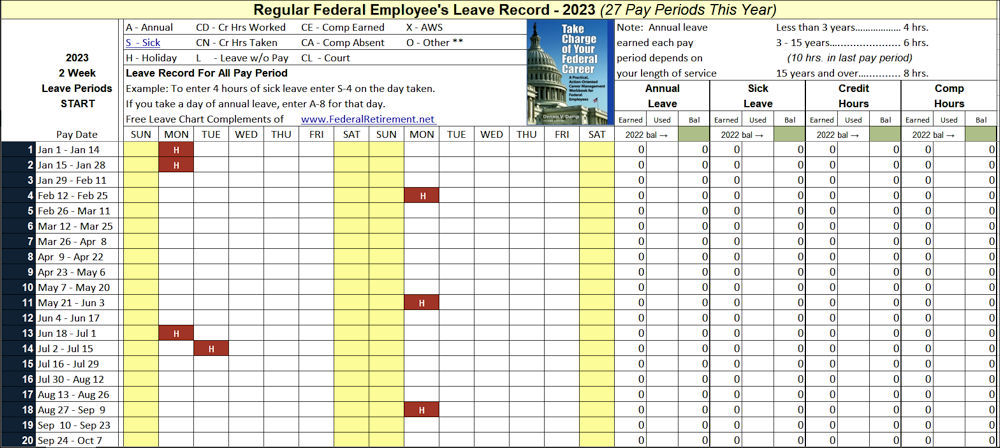The United States Armed Forces consists of six service branches: the Army, Marine Corps, Navy, Air Force, Space Force, and Coast Guard. All orchestrated from a central command, the Department of Defense. Their tentacles reach to the far corners of the world and they require a huge federal civilian workforce to support their many missions.

The Space Force was established on Dec. 20, 2019, when the National Defense Authorization Act was signed into law, creating the first new branch of the armed services since 1947. The establishment of the USSF resulted from widespread recognition that space is a national security imperative.
Their mission is to secure our Nation’s interests in, from, and to space. All of the departments listed have a similar mission particular to their operations by land sea and air.
Misconception
Many job searchers bypass great opportunities because they believe you must be a service member or a veteran to hold a position with one of the service branches. There is a similar misconception for those seeking employment with the Veteran’s administration.
Job seekers believe the positions are reserved for veterans, only a third of those working for federal government are veterans including in the VA.
Don’t exclude any job vacancy posted on USAJOBS, the job announcement will outline all qualifications and you can select to apply for jobs open to the public to find all available vacancies.
The Military Establishment
The Department of Defense and related cabinet level departments employ over 746,464 federal employees currently working across the country and overseas. There are abundant opportunities to work as a civilian with the following Cabinet Level Agencies:
- Department of Defense *(152,949)
- Department of the Army *(218,422)
- Department of the Air Force *(163,765(
- Department of the Navy *(212,237)
*Number Employed
Locations Worldwide
With few exceptions, any occupation, that you can imagine is employed by these huge Departments. Most of the Wage Grade (WG) trade jobs are employed here from carpenters, plumbers, and HVAC specialists to cooking staff, laundry and housekeeping.
These positions aren’t limited to the United States, 26,984 work overseas and 3,344 are employed in the U.S Territories; American Samoa, Northern Mariana Islands, Guam, Midway Island, Puerto Rico, the Virgin Islands, and the Wake Atoll.
Jobs aren’t limited to military establishments; you can find them across the country in all major metropolitan areas and many rural areas as well.
Vacancies
Currently there are over 14,000 job announcements posted on USAJOBS for positions with the military establishment, all civilian federal employees; no boot camp required. Don’t limit your search there, also search for vacancies in the following departments. Click on the Department to go direct to the USAJOBS listings for that group.
JOB Vacancy Listings
- DOD (7,199 Job Announcements)
- Department of the Army (4.184 Job Announcements)
- Department of the Air Force (2,162 Job Announcements)
- Department of the Navy (2.039 Job Announcements)
You can dig a little deeper if you like and search for Space Force or any organization of interest. There are 161 job announcements listed for them.
Many of the job announcements are for multiple positions at different locations around the country. There are many opportunities for those who are looking for a challenging position that supports our national security and interests.
Summary
All of these groups work with the most technologically advanced systems, IT, and equipment. Yet, the jobs run the gambit from entry level to senior positions in all occupational groups. You can work high tech, IT, the trades and everything in between. Search out suitable positions in your area and apply online.
Don’t let the application discourage you from applying. Yes, the application process can be challenging, and you will have to provide considerably more information than what the private sector requires. Review the application process and sample federal style resume that we posted online to help you through the process.








